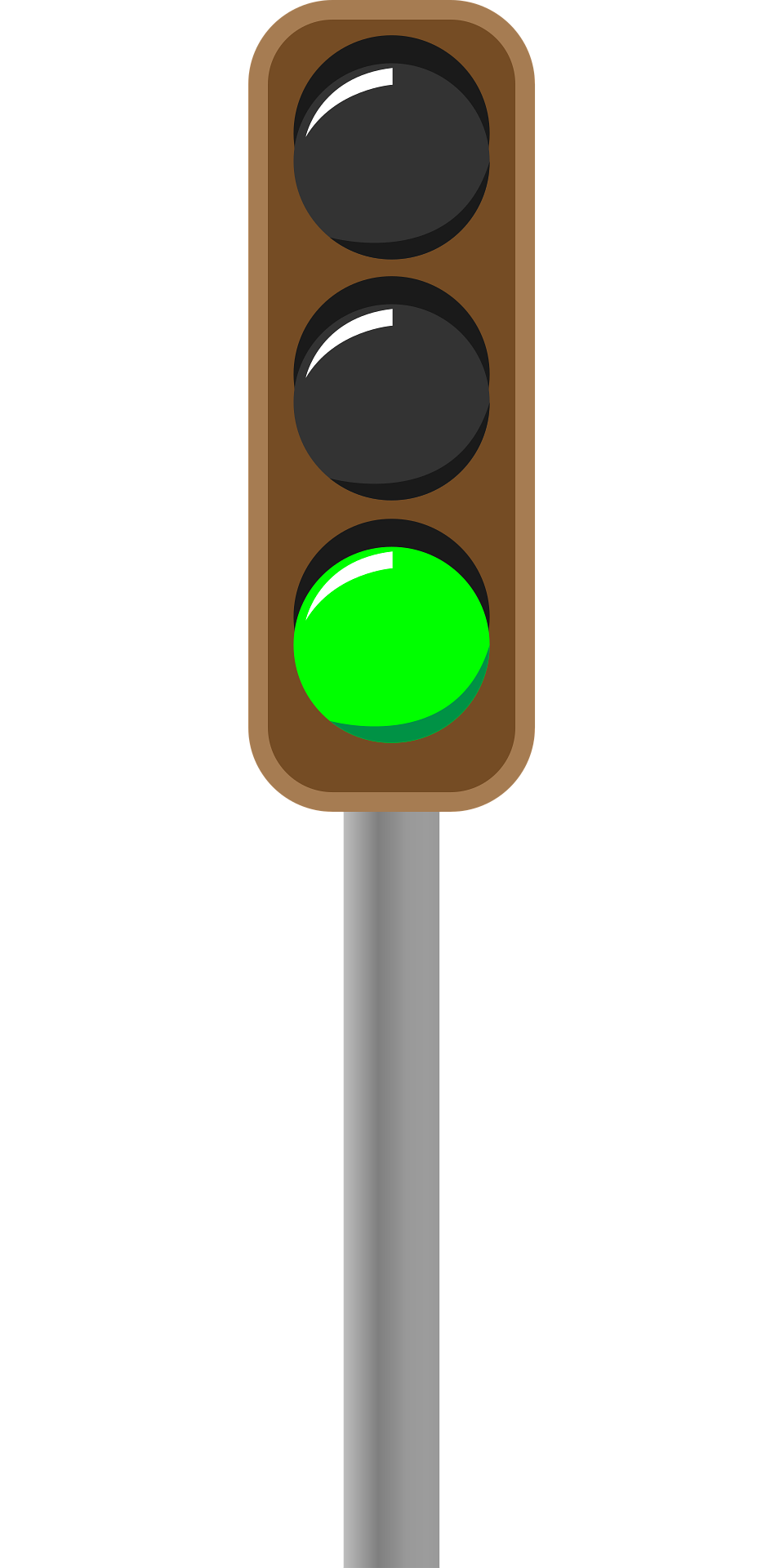
Online shopping has also helped to remove geographic borders. You can easily filter and search for the exact types of cars you’re interested in. Is it located in another state? For many buyers, that’s not a problem. They’re getting a car that’s inspected and covered during transit. With options for countless photos and video tours of the vehicle, you can be pretty certain what you’re buying will look like the pictures.
Digital Car Lot
Online shopping has also made it easier for some dealers to customize models. They don’t have to keep every possible model and color on the lot to catch the eye of the right buyer. Instead, they can showcase all of the options in one digital space and allow for modifications. For dealerships, the cars don’t have to be kept showroom ready and washed on a daily basis. This lowers the overhead considerably, and in some cases, the savings are passed down to the customers.
Shortest Way To Your Dream Vintage
It’s also made shopping for rare or vintage cars easier. There was a time when finding that dream 1965 Mustang convertible likely wouldn’t happen. There may have been specific magazines or print journals where advertisements for niche vehicles could be found, but they were difficult to find and the competition was fierce. Now, sites like eBay and Craigslist (or, even better, Searchtempest to gather all of CL in one location) make it easy to search for even rare cars.

With digital e-brochures, virtual tours of the car, and the ability to customize and ship, there are no limitations on car shopping. The Digital Era is also a big blessing for introverted people or those who simply hate old-school car shopping. Not everyone is a good negotiator or natural salesperson. This used to make buying a car clearly work in the dealer’s favor. Now the playing field has been leveled. There are times when a dealership can truly only offer a certain rate, and all the numbers are on the table. It makes car buying faster, simpler, and transparent. This can also increase customer loyalty. When customers feel like they were treated fairly, they’re more likely to return to a site or dealership for future purchases.
Of course, online shopping has also changed how we sell our own vehicles. Many people start with Kelley Blue Book or Edmunds’ online site to gauge the worth of their vehicle. (Still, it’s common for owners to over-value and select “excellent” when their vehicle is actually in “good” or “very good” condition). Selling a car yourself has the potential to make the seller more money, but at what cost? They have to handle the negotiations and may not have quite as far of a reach as a dealer. In many cases, third-party sites let shoppers filter by owner or dealer, and it’s not uncommon to not check out owner offers at all.
Click, browse, click…agreed!
However, sellers still have a much better advantage than they did even a few years ago. Technology has allowed anyone to take professional photos and videos of their vehicles. There are numerous sites to post cars for sale, including auction sites. The seller can use a simple interface to tick off how they’d like the sale to proceed. This gets rid of a lot of the back and forth from traditional seller-owned arrangements.
Online shopping, in general, is the new normal because westerners are always looking for the easiest access to the biggest selection. Some people are addicted to online shopping, and it feeds a need to bargain hunt. Online shopping ensures that we always have a huge selection right at our fingertips. Some sites offer to give shoppers pings when a car in their search parameters appears on the site. This entire process has helped lubricate buying and selling cars. It’s not unusual for some people, particularly collectors, to not see their purchased vehicle until it arrives from another state.
Don’t want to purchase online? Then you can just find useful car information
Dealerships today still have plenty of cars on-site and available. Traditional marketing tactics can still work, such as those huge banners advertising key qualities about a vehicle. There are still times of the year when it’s best to visit a dealership, like December when it’s important for companies to end the year in the black. However, online shopping quickly took over as the go-to approach. Even if a person ultimately purchases from a dealership, they often take a look at the car online first. They have time to comparison shop and may even come with comparable vehicles priced lower elsewhere. They may know as much as the salesperson, from safety ratings to recalls and gas mileage. This makes the job both easier and tougher for a salesperson. The customer is no longer wholly dependent on them for information and guidance. Instead, it’s more like they’re talking to an equal.
The increase in honesty and transparency is a welcome breath of fresh air. Younger generations may not even get the stereotype of the oily car salesman. Today, car salespeople are similar to any other retailer. Online shopping has become a standard part of the process, no matter how the final sale takes place.
















